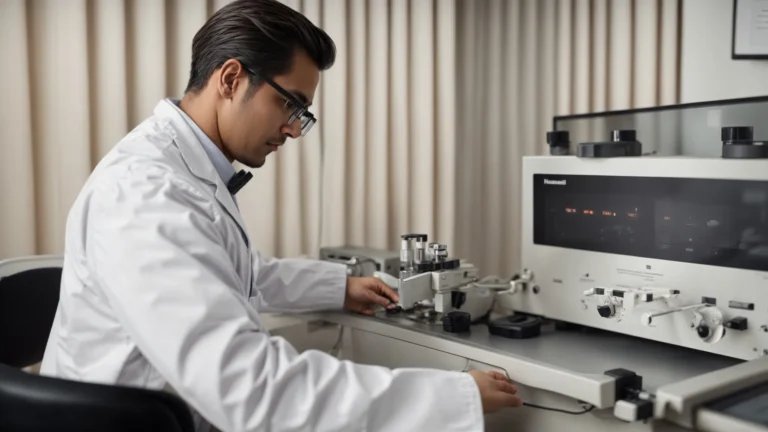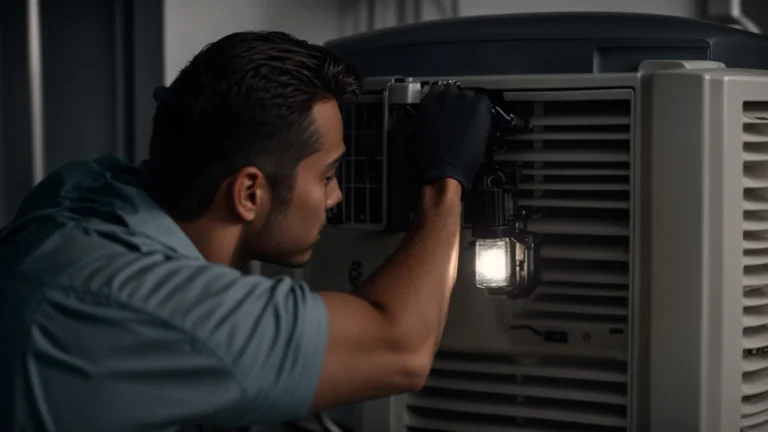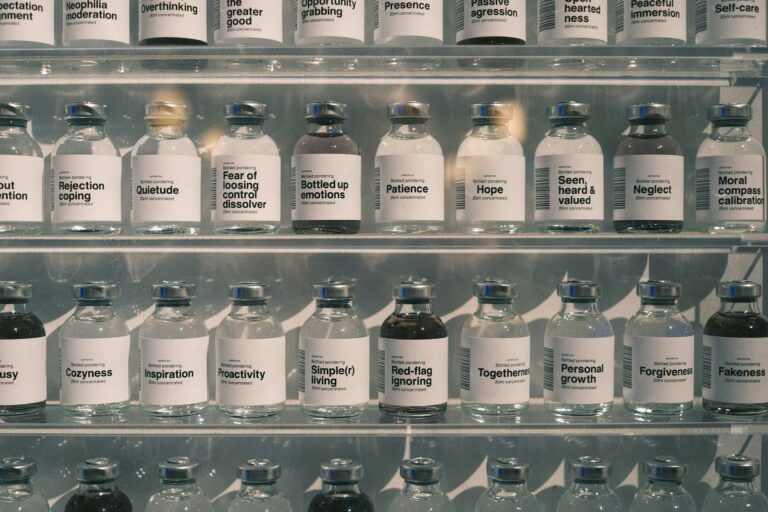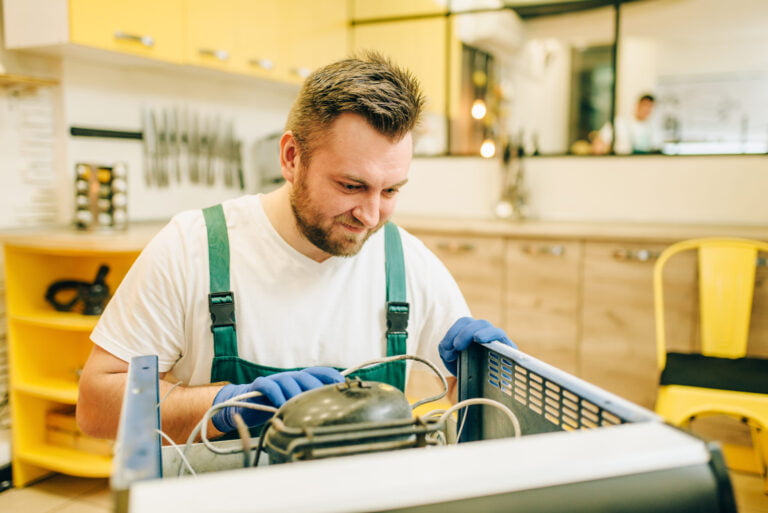Why Audiology Equipment Maintenance is Crucial for Patient Care
The precision of audiology equipment is fundamental in diagnosing and managing hearing health. Without adequate maintenance, the reliability of these sophisticated tools can significantly diminish, leading to potential misdiagnoses or suboptimal patient care. Ensuring that audiology devices are functioning correctly is not just a matter of routine; it’s central to upholding the highest standards in hearing healthcare. In this article, we dive into the various ways that regular upkeep of audiology tools is pivotal to clinical excellence.
The Importance of Regular Audiology Equipment Calibration for Accurate Diagnoses
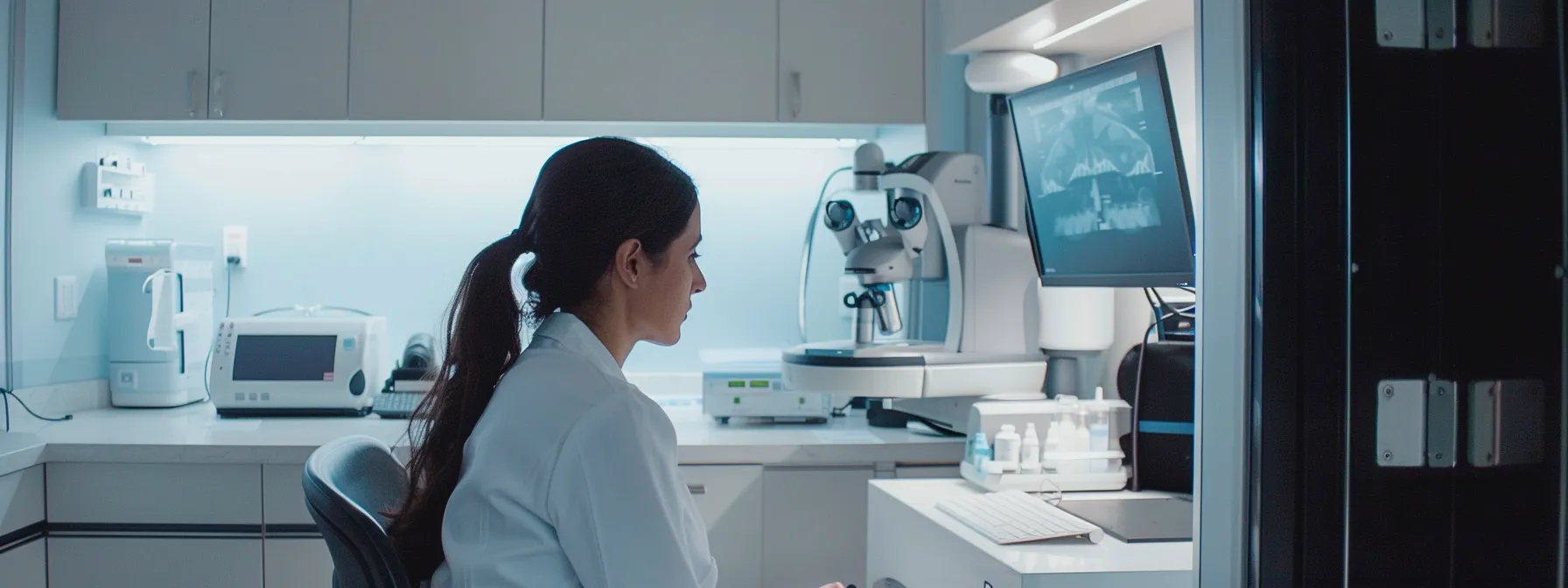
Accurate diagnoses are the cornerstone of effective audiology practice, and regular equipment calibration is crucial in achieving this. Audiologists rely on precise measurements from their equipment to identify hearing loss levels and tailor appropriate interventions. When calibration is overlooked, even the most advanced devices may produce inconsistent results, which could lead to incorrect treatment plans. Professionals dedicated to Audiology Equipment Maintenance play a key role in this.
Calibration ensures that each patient’s results are compared against a known standard, promoting uniformity in testing procedures. Without this consistency, audiologists may find it challenging to track a patient’s progress over time or to benchmark results against normative data. Furthermore, calibrating audiology equipment can improve the sensitivity and specificity of hearing assessments, leading to better outcomes for patients.
It’s not just about one-off accuracy; regular calibration extends the operational life of audiological devices. Over time, components can drift out of their original specifications, which can become a costly oversight if left unchecked. The process of calibration fine-tunes the equipment, ensuring that it remains reliable well into its lifespan.
For these reasons, maintaining a strict calibration schedule is not just best practice; it’s essential. They provide the expertise needed to keep audiology workstations, hearing aids, and other diagnostic tools operating flawlessly, allowing clinicians to offer the best care possible.
How Proper Maintenance of Audiological Devices Enhances Patient Trust and Clinic Reputation
Providing high-quality care begins with operating reliable audiology equipment. When patients receive precise and consistent test results, they inherently develop a sense of trust in their hearing healthcare provider. This level of confidence is fundamental to building a strong patient-clinician relationship, which is the bedrock of successful practice.
A clinic’s reputation is powerfully linked to the quality of services it provides. Regular maintenance of audiological equipment ensures that the clinic stays at the forefront of diagnostic precision and treatment efficacy. This attention to detail is often communicated through patient testimonials and can significantly influence new patient acquisition.
Moreover, equipment that is well maintained tends to operate more efficiently and effectively, leading to shorter wait times and a smoother patient experience. This not only improves satisfaction rates but can also reduce patient anxiety, which is especially important when dealing with the sensitive nature of hearing loss.
Clinics that prioritize the upkeep of their audiological tools send a clear message to their clientele about their commitment to excellence. Consistency in delivering accurate results solidifies the practice’s standing in the community, helping to maintain and grow a loyal patient base.
Leveraging Technological Advancements for the Proactive Maintenance of Hearing Care Instruments
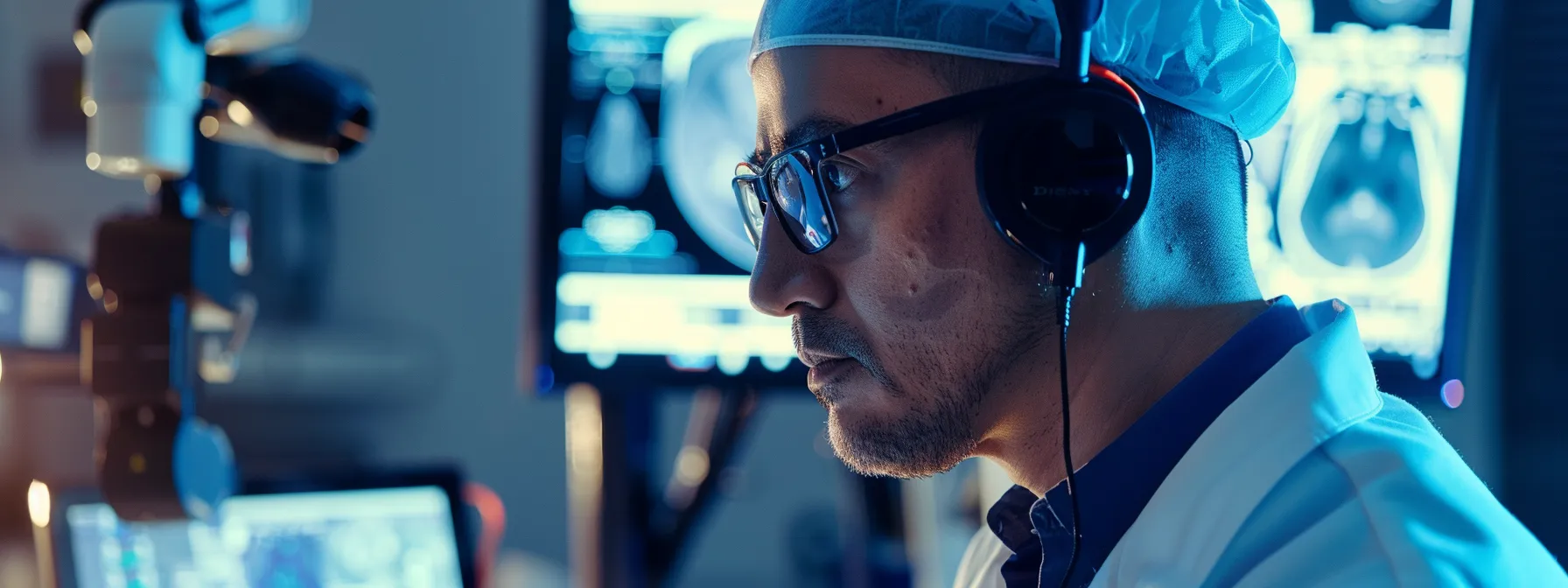
The audiology field is not immune to the influx of technological advancements, and these innovations extend to equipment maintenance. Modern tools now come equipped with self-diagnostic features, making it easier for clinicians to monitor their devices proactively. This forethought in design allows care providers to anticipate issues before they escalate into equipment failures.
Technological integrations also assist in predictive maintenance, using historical data and performance trends to schedule servicing more effectively. This data-driven approach fosters timely interventions, thus minimizing the risk of unexpected downtimes. It also ensures that audiology equipment consistently operates within the threshold of optimal performance.
Remote monitoring and support offer another layer of maintenance efficiency. Service technicians can diagnose and sometimes even resolve issues without having to make physical site visits. This immediacy can dramatically reduce service interruptions, improving the clinic’s operations and patient management.
Embracing these advancements can set clinics apart in the era of digital healthcare. By staying current with maintenance technology, audiologists not only extend the longevity of their equipment but also the quality of their service delivery in the fast-evolving landscape of hearing healthcare.
Maintaining audiology equipment is a multifaceted endeavor that sustains accurate diagnoses, builds patient trust, ensures financial prudence, aligns with regulatory frameworks, and benefits from technological enhancements. Overall, these practices are fundamental to delivering exemplary patient care and securing the longevity and success of hearing healthcare establishments.

